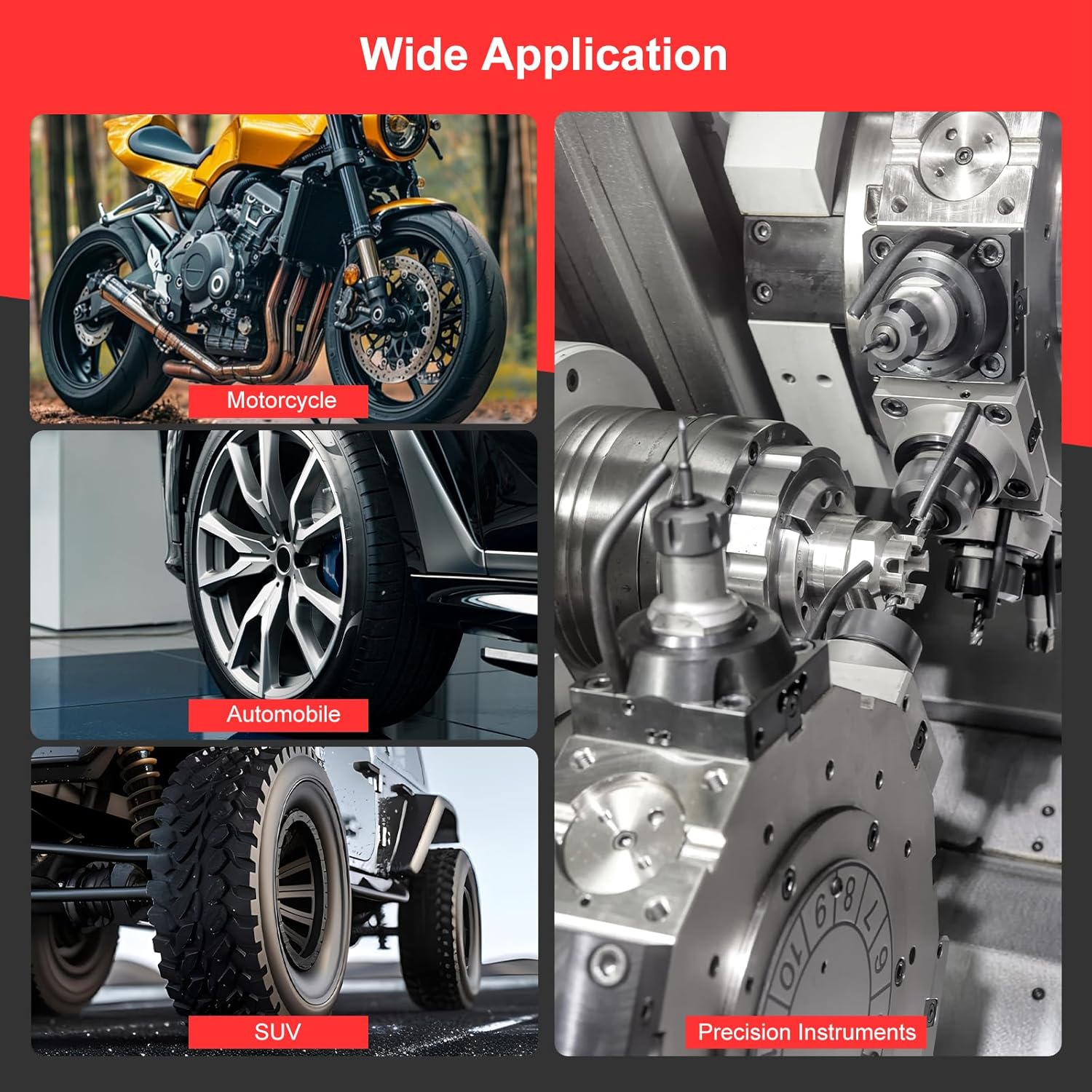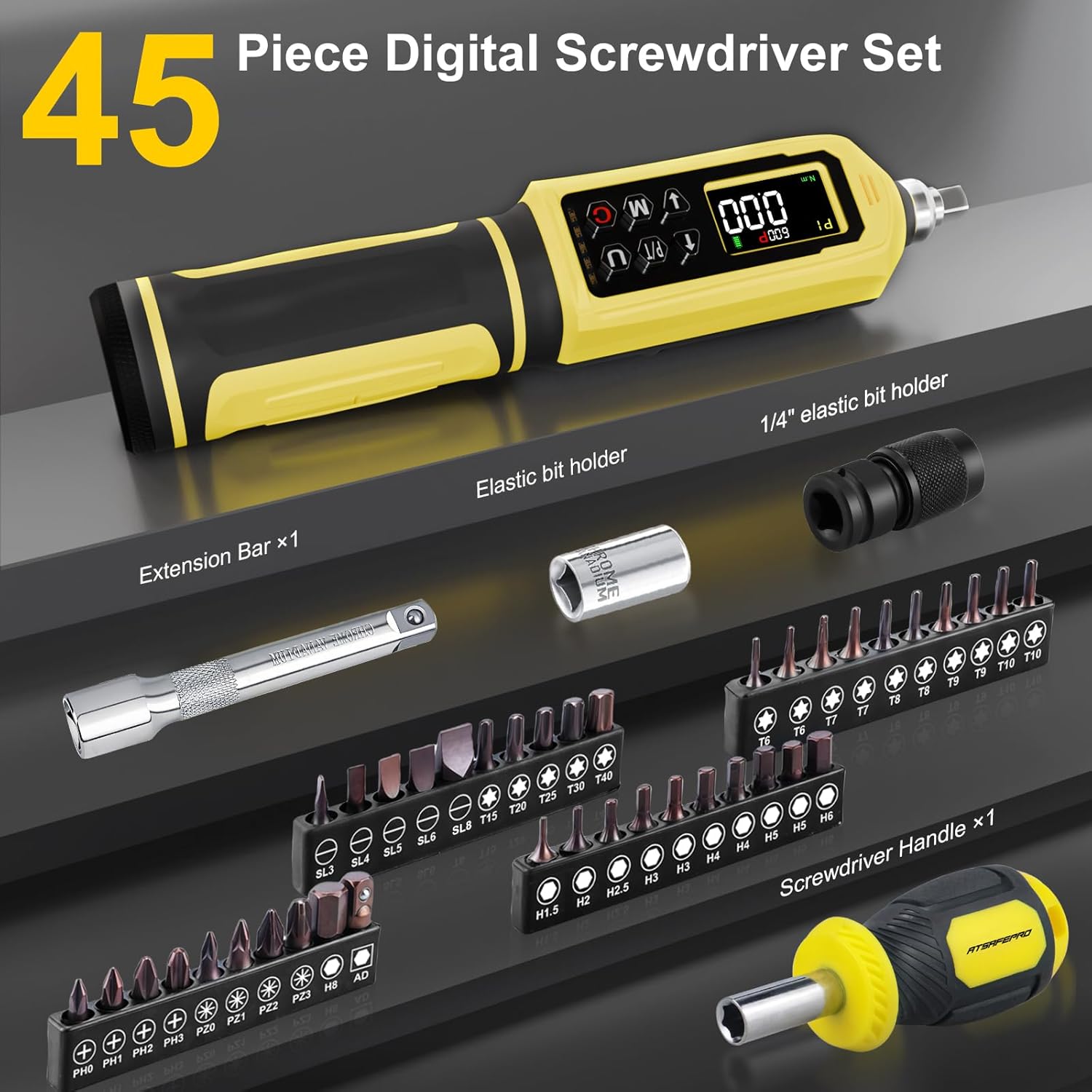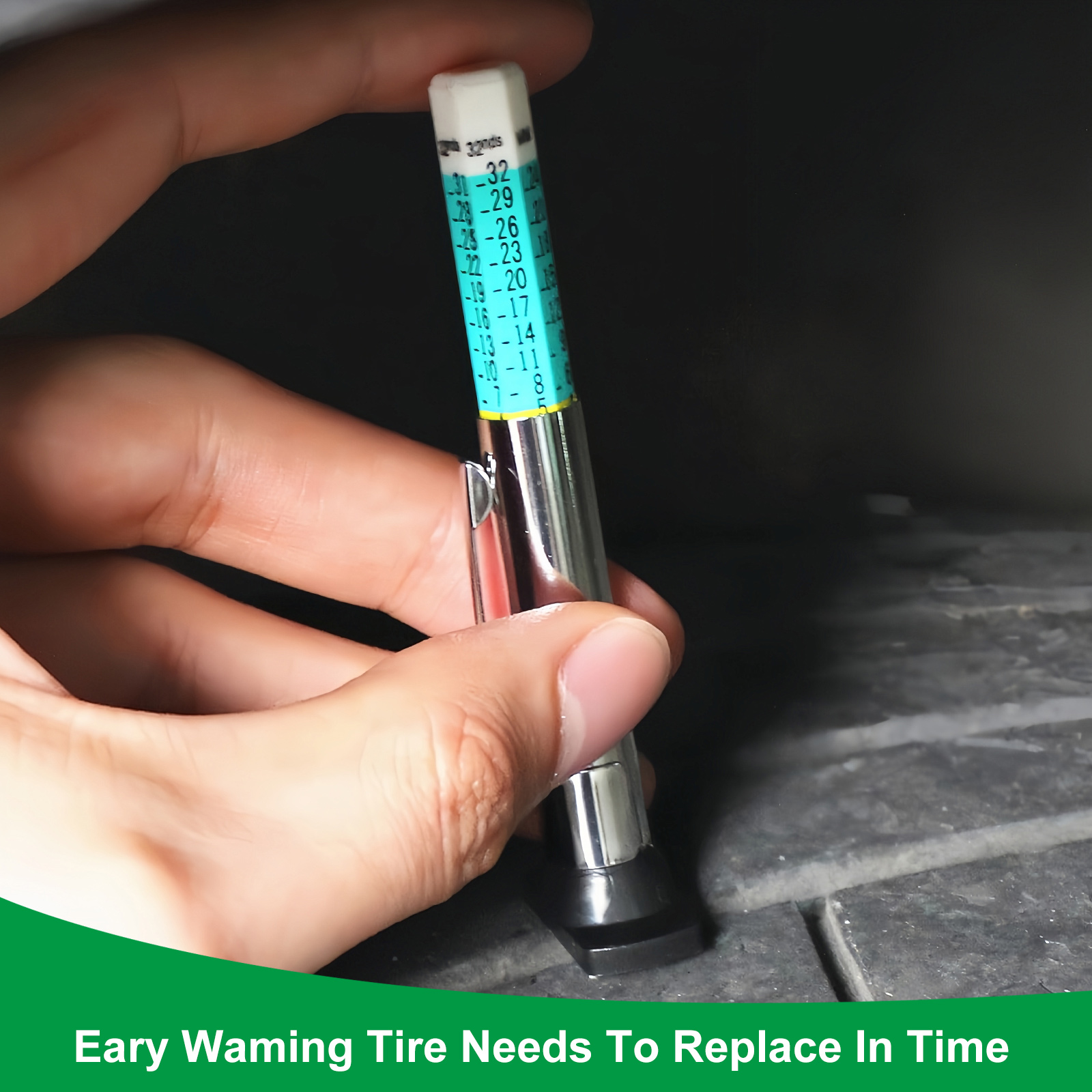The Essential Tool for Precision Fastening
In the world of mechanics, whether you are a professional technician or a dedicated DIY enthusiast, precision is paramount. Overtightening a bolt can lead to stripped threads or damaged parts, while under-tightening can result in loose components and potential safety hazards. This is where a reliable click torque wrench becomes an indispensable tool. Unlike conventional wrenches, a torque wrench allows you to apply a specific, measured amount of rotational force (torque) to a fastener, ensuring every bolt is tightened to the manufacturer's exact specifications. This precision not only protects the components you're working on but also guarantees the integrity and safety of the final assembly. The ease of use and positive feedback mechanism make this type of wrench a favorite in workshops around the globe.
How to Use a Click Torque Wrench Correctly
Learning how to use a click torque wrench is straightforward, but following the correct procedure is crucial for accuracy. First, identify the required torque specification for the bolt you are tightening, which is usually found in your vehicle's or equipment's service manual. Next, unlock the adjustment mechanism on the wrench handle, typically by pulling down or twisting a locking collar. Turn the handle to dial in the desired torque value on the engraved scale. Most wrenches have a primary scale for large adjustments and a finer micrometer scale on the handle for precise settings. Once the value is set, secure the adjustment by re-engaging the lock. Position the wrench's socket onto the nut or bolt and apply steady, smooth pressure to the handle, avoiding jerky movements. Continue pulling until you hear and feel a distinct "click." This click is the signal that you have reached the preset torque value. Immediately stop applying force at this point, as continuing to pull will apply more torque and defeat the purpose of the tool. After use, always remember to dial the wrench back to its lowest setting to release tension on the internal spring, which preserves its accuracy and longevity.
Click Torque Wrench vs Beam: Which is Right for You?
When selecting a torque wrench, a common dilemma is the choice between a click torque wrench vs beam style. A beam torque wrench is the simpler of the two, featuring a pointer that deflects along a scale as force is applied. They are known for being very durable, having no moving parts to wear out, and they do not require frequent calibration if handled properly. However, their primary drawback is usability; they can be difficult to read accurately, as you must view the scale directly from above to avoid parallax error. This can be challenging in tight or poorly lit spaces. In contrast, the click-style wrench provides definitive tactile and audible feedback when the target torque is reached, making it much easier and faster to use. This functionality is invaluable when you cannot directly see the tool. While a quality click wrench might be more expensive and contains a more complex internal mechanism that requires periodic calibration, its superior ease of use and high degree of repeatable accuracy make it the preferred choice for most automotive and industrial applications where speed and precision are key.
Finding the Best Click Torque Wrench for Your Needs
Searching for the best click torque wrench involves considering several key factors beyond just the price tag. Accuracy is the most critical attribute. Look for models that are certified to be accurate within a certain percentage, typically +/- 3% for high-end models and +/- 4% for standard ones, in the clockwise direction. Build quality is another major consideration; a wrench made from high-quality materials like chrome vanadium or chrome molybdenum steel will better withstand the rigors of regular use and resist corrosion. When you read click torque wrench reviews, pay close attention to user feedback regarding the clarity and loudness of the click, the smoothness of the torque adjustment mechanism, and reports on long-term durability. A clear scale with high-contrast, laser-etched markings is also important for easy and accurate setting. Finally, consider the torque range and drive size. You might need different wrenches for different jobs. A smaller, 1/4" or 3/8" drive wrench is ideal for delicate engine work, while a larger 1/2" drive wrench is necessary for lug nuts and suspension components.
The Importance of Click Torque Wrench Calibration
A torque wrench is a precision instrument, and like any such instrument, its accuracy can drift over time due to use, age, and wear on its internal spring mechanism. This is why regular click torque wrench calibration is not just recommended—it's essential for anyone who relies on their tool for critical tasks. Calibration is the process of testing and adjusting the wrench to ensure the torque it applies matches the value indicated on its scale. Most manufacturers recommend having your wrench professionally calibrated after a certain number of cycles (e.g., 5,000 clicks) or at least once a year, whichever comes first. It's also important to have it checked if it's been dropped or subjected to an impact. While professional calibration services use specialized digital testing equipment for the most accurate results, it is the only way to re-certify the tool. Neglecting calibration turns your precision tool into a regular wrench, risking the integrity of your work. For critical applications, trusting a professional service ensures your tool remains reliable and accurate, protecting your valuable parts and your safety.
Conclusion: Your Partner in Precision
In summary, the click torque wrench is a fundamental tool for anyone serious about mechanical work, from hobbyists to seasoned professionals. Its ability to deliver precise fastening force prevents costly damage from stripped threads or broken bolts and ensures safe, reliable assemblies that perform as intended. From understanding how to use it correctly and choosing the right model for your workload, to appreciating the critical differences between it and older wrench styles, being well-informed empowers you to make the best decisions for your toolkit. Most importantly, never neglect the need for periodic calibration to maintain the tool's accuracy. By investing in a quality click wrench and caring for it properly, you equip yourself with a dependable partner that brings precision and confidence to every turn of the bolt.






